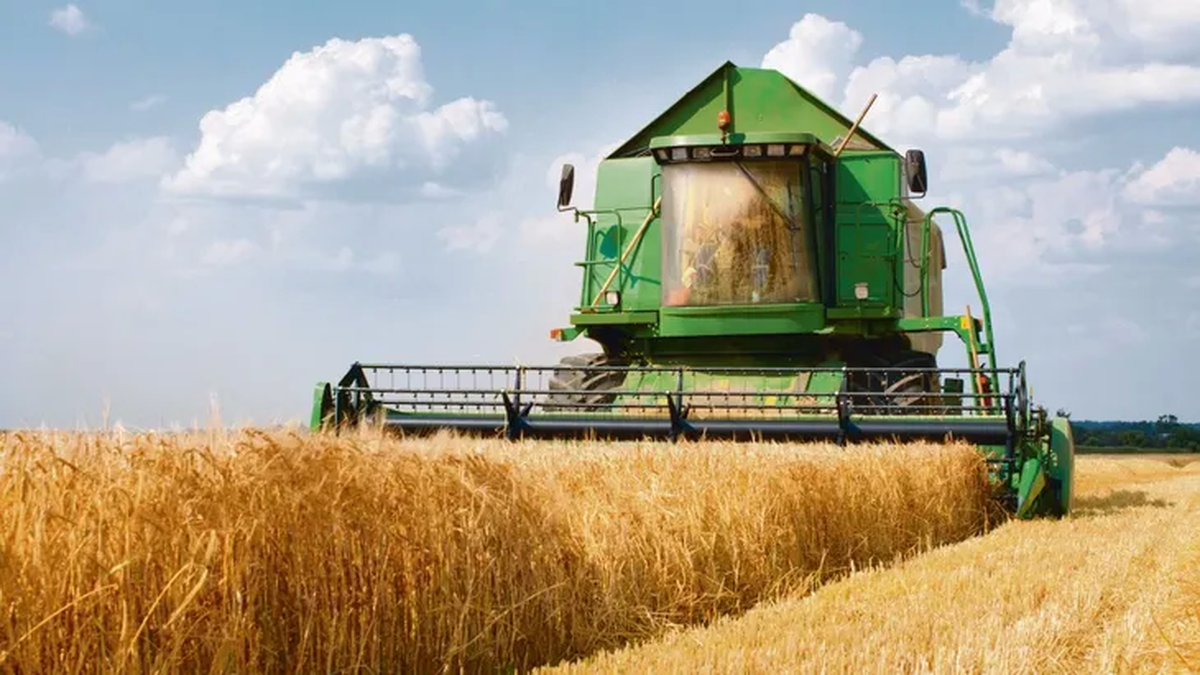He agro seems to have left behind the historic drought that caused serious impacts on the profitability of the sector and, therefore, on exports of Uruguay: In the first quarter of the year it grew 4.3%. However, floods could put a brake on this better performance.
He Gross Domestic Product (GDP) of Uruguay It grew by 0.6% during the first quarter, in the year-on-year comparison. In seasonally adjusted terms, economic activity grew by 0.9% compared to the last quarter of 2023.
In this general result, agriculture also had its positive news: the added value of the agricultural activities had an increase of 4.3% between January and March.
In this regard, the BCU highlighted the increase in forestry production associated with the greater demand for rolls for industrial processing, from the effect generated by the start-up of the UPM II; and the livestock and agricultural activities They also had a positive impact, although to a lesser extent than forestation.
In the first case, the increase in milk production and slaughter levels stood out, which was partially compensated by a lower weight gain of the animals in the field due to the lower stock of calves, and a decline in live exports. . The short ones international prices of raw materials has been influencing the cost effectiveness of the sector that, likewise, managed to offset the negative effects of the post-drought recovery.
In the case of agriculture, the growth was explained by the better yields expected for the soy in the 2023/24 harvest versus the 2022/23 campaign, which was seriously damaged by the past drought. This was partially offset by a drop in the production of rice, according to the report of National accounts of the BCU.
The effect of floods
Beyond the fact that the drought is behind us, the current problem in agriculture is the excess of water, paradoxically, which led to the Ministry of Livestock, Agriculture and Fisheries (MGAP) to declare a new emergency, this time for the opposite phenomenon.
In dialogue with Ambit, the General Farm Director of the MGAP, Nicolas Chiesa, assured that the damage caused by the floods still needs to be determined since they are waiting for the water to subside. From there, they will be able to determine the amount of the emergency fund that producers will access.
Among the most affected sectors, the official assured that the cattle raising It is that it is in the worst moment. “We have completely flooded fields where forage and crops were lost,” he explained. As for the other sectors of agriculture, he pointed out that there are very few that were affected since rice There was a very minor percentage left to raise from the harvest, while from the soy A little more was lost but the quality is still very good and it would not represent a very great economic damage.
Source: Ambito




